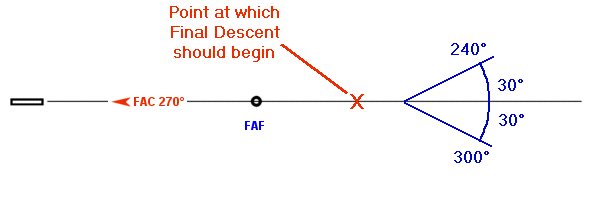One more note about these speeds: While prior approval can be obtained,
IFR aircraft conducting instrument approaches should not be requested to
keep high speeds while on final, within about 10 NM of the runway. A stable
approach is a safe one, and forcing drastic speed reductions while on final
descent is certainly not conducive to a stable approach.
What a Pilot Should Do on Vectors
In a terminal environment, radar vectors are used more than any other
method of approach sequencing. If all aircraft were equipped with FMS, it
would theoretically be possible to assign "fix times" for a specified common
fix, and then sit back and watch the aircraft wander in. Theory and practice
are often very different. Not many Navajos are so equipped, and you just
never know what the weather will bring in terms of thunderstorms, turbulence,
etc. Vectoring may even be done at non-terminal airports to reduce "stacking"
of aircraft planning approaches. Not many pilots like doing holding patterns,
in my experience.
Essentially, the pilots should simply fly the headings issued by ATC,
and the speeds assigned as well. While I didn't find anything specific about
what lattitude a pilot has for the heading assigned,
RAC 9.7.3 tells
us of speed tolerances. Pilots accepting a speed restriction (remember, this
is done simply by reading it back) must fly as closely as possible to the
assigned speed, but must remain within 10 knots. Also, I didn't find anything
about the degree of turns, meaning how steep to fly them. Good airmanship
is an issue here, since ATC certainly would like you to commence the turn
as soon as practicable after the vector is issued, and they really wouldn't
like you to make the turn in a 5° bank, since it would take forever.
In fact,
RAC 10.2 on holds could be a good guide: 3 degrees per second,
or a minimum of 25° of bank, whichever produces the lesser bank. This
is probably a good guideline for turns while being vectored. At any rate,
a pilot should endeavor to do a consistent bank throughout the turn, and
about the same bank for each turn assigned, so ATC knows what to expect from
the aircraft at each turn.
Communication Failure on a Vector

